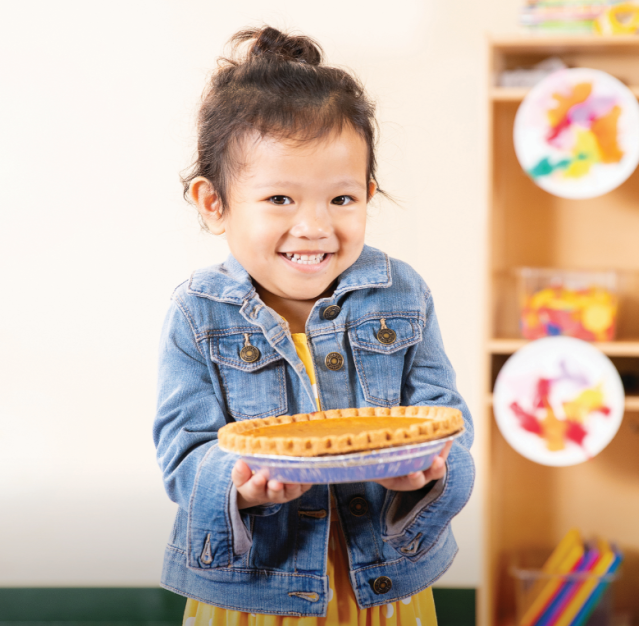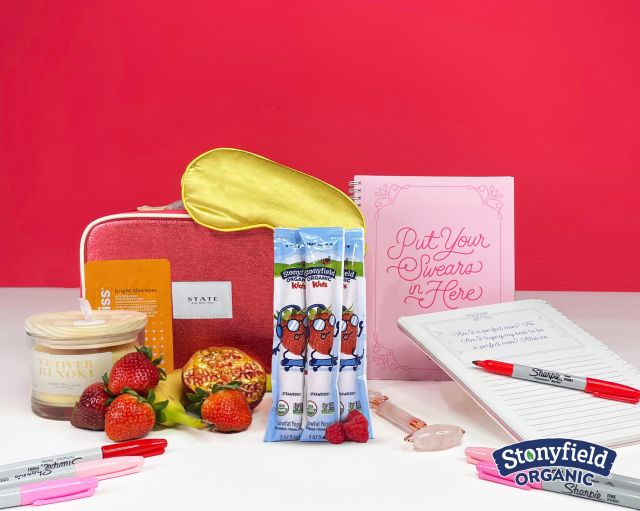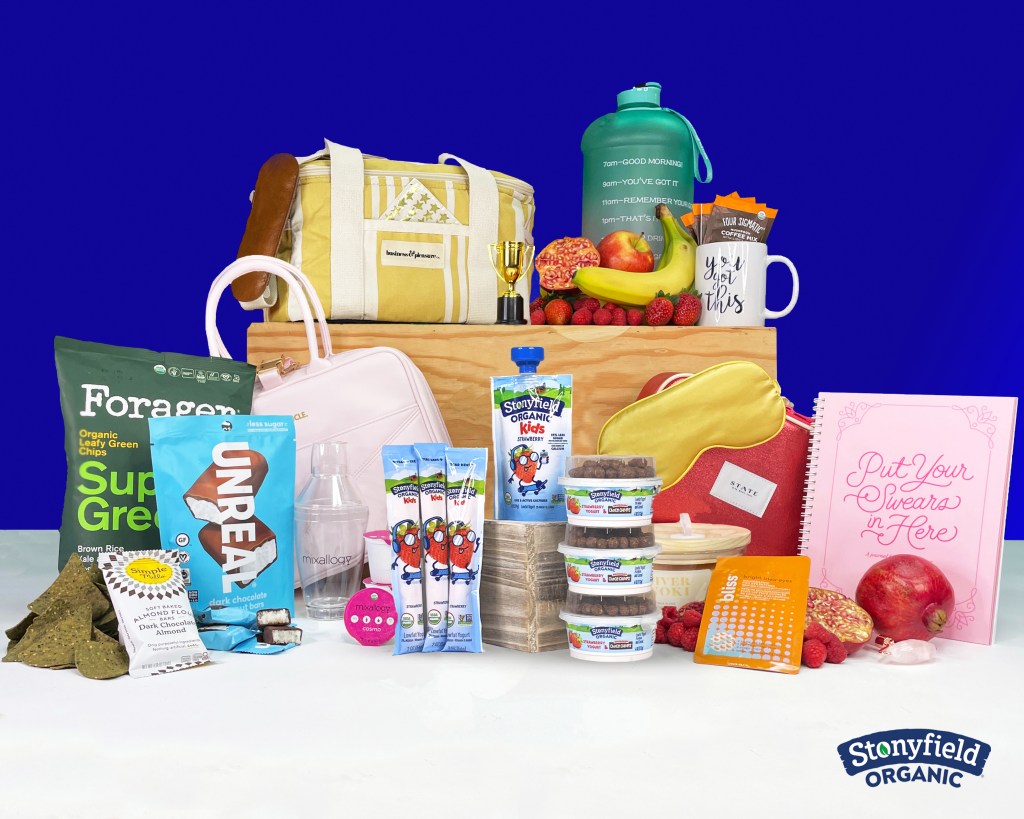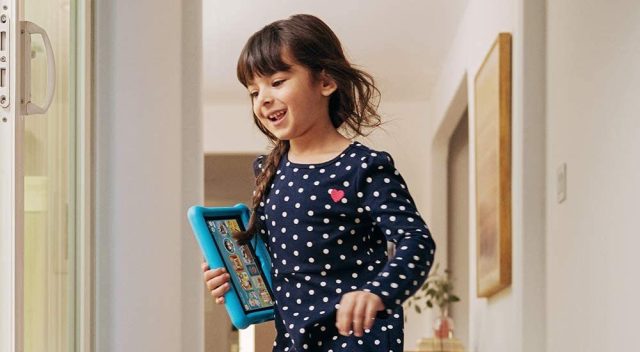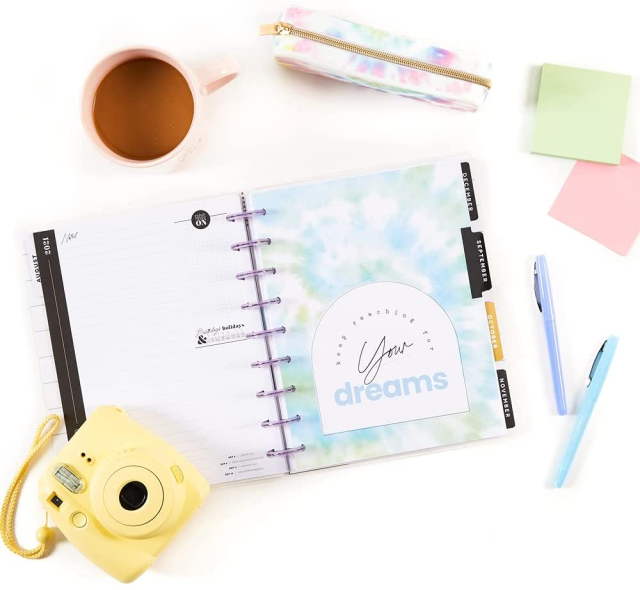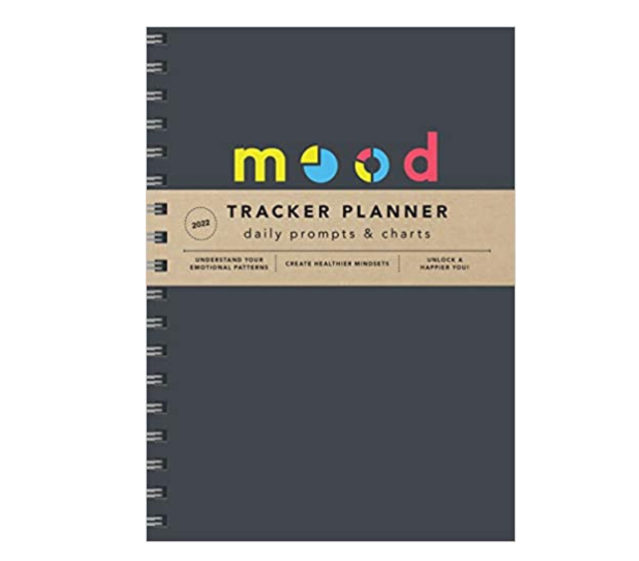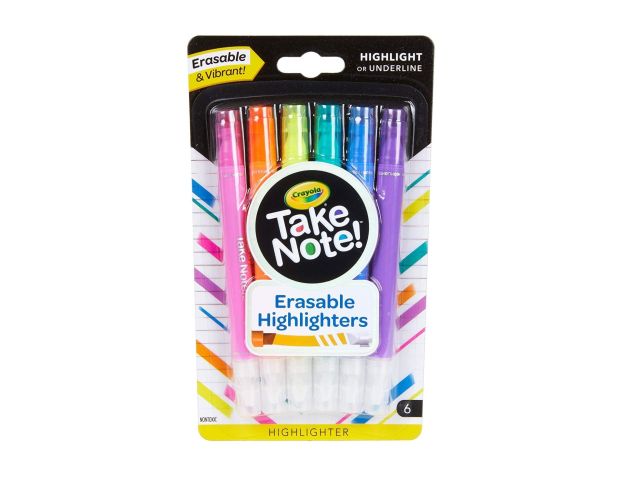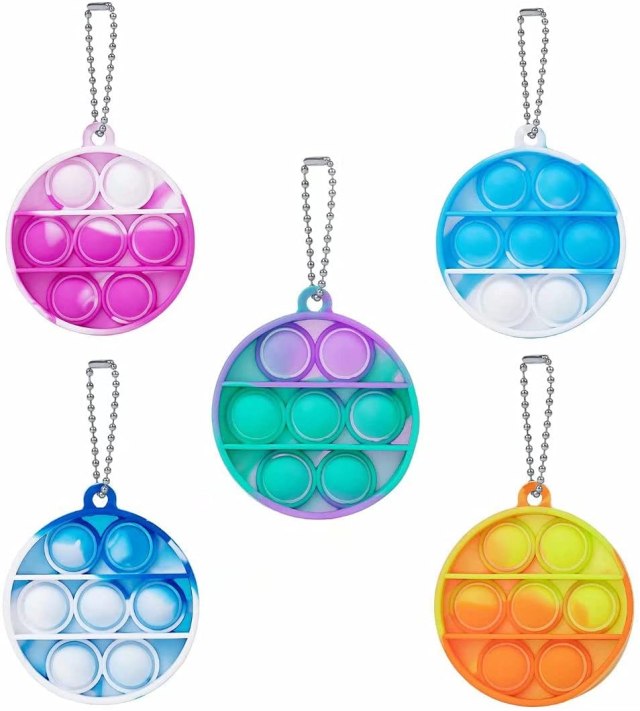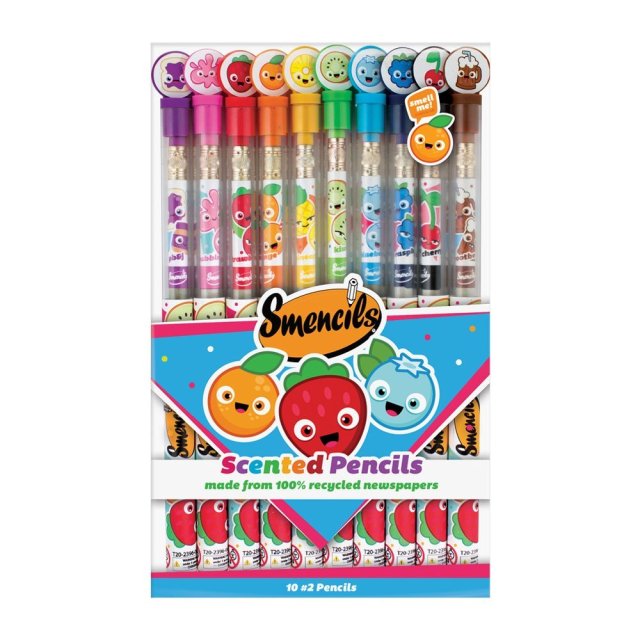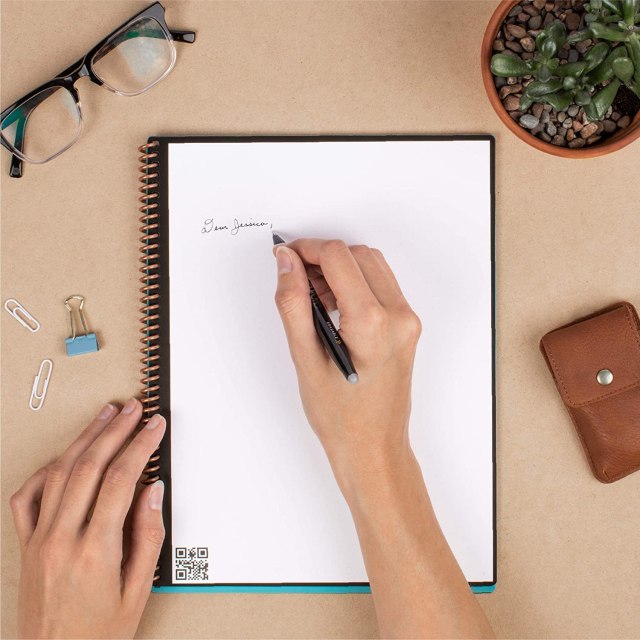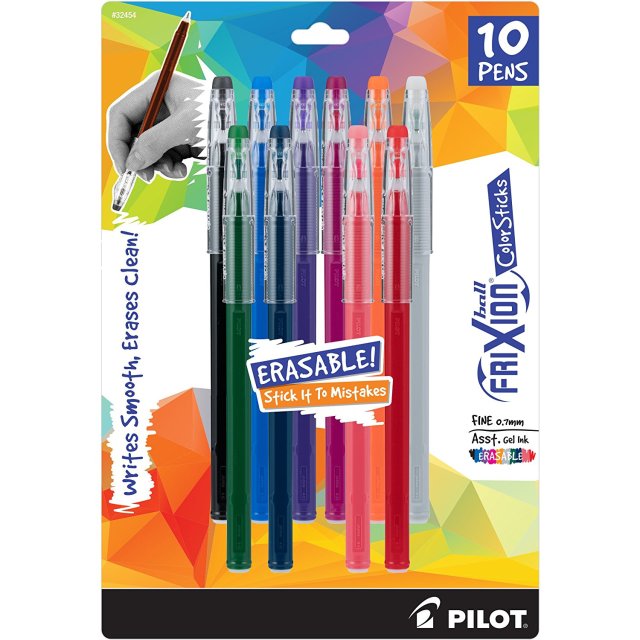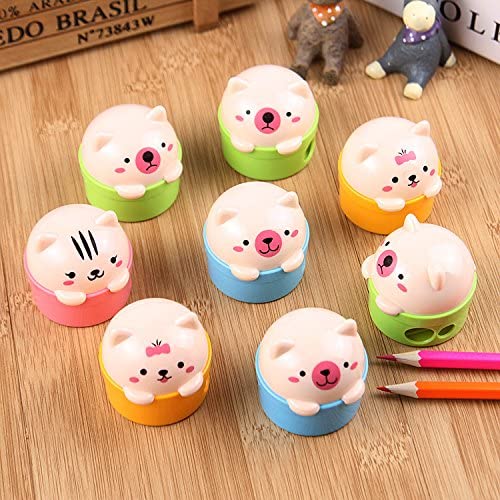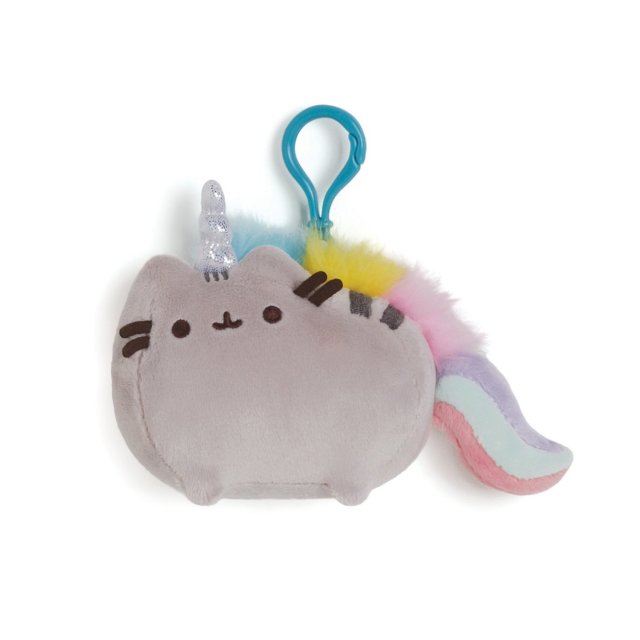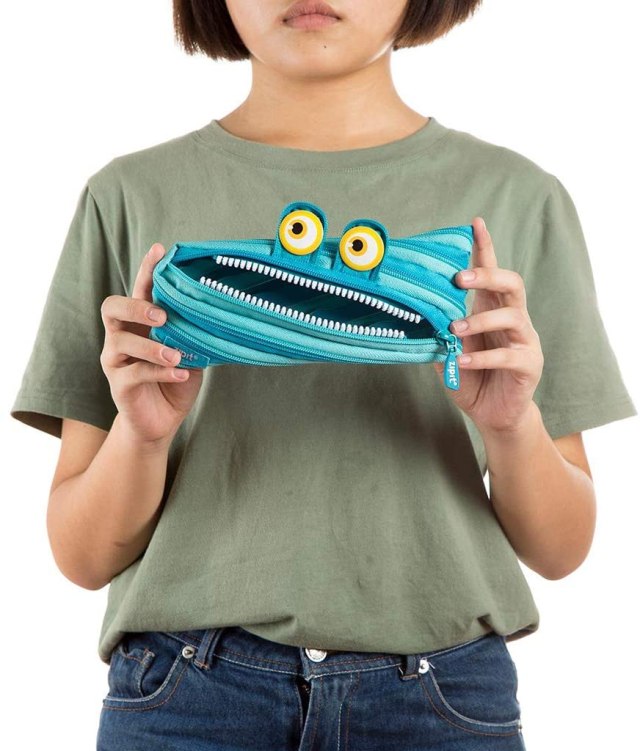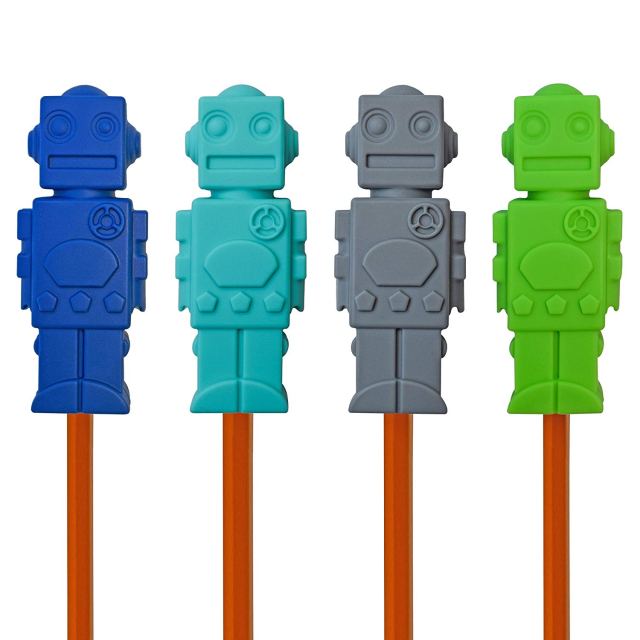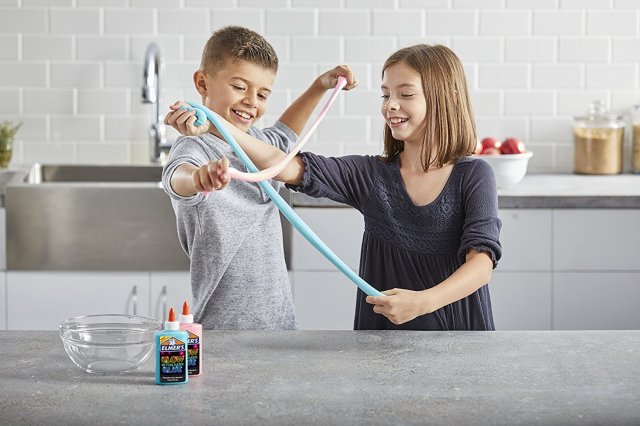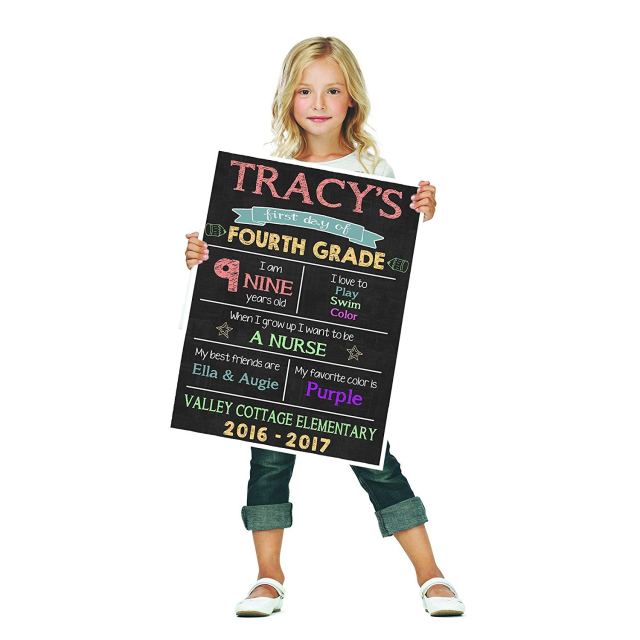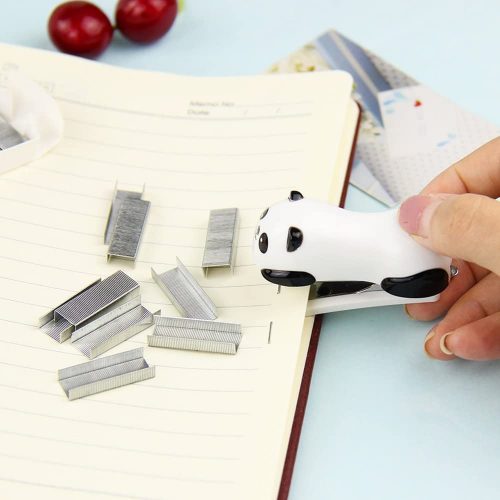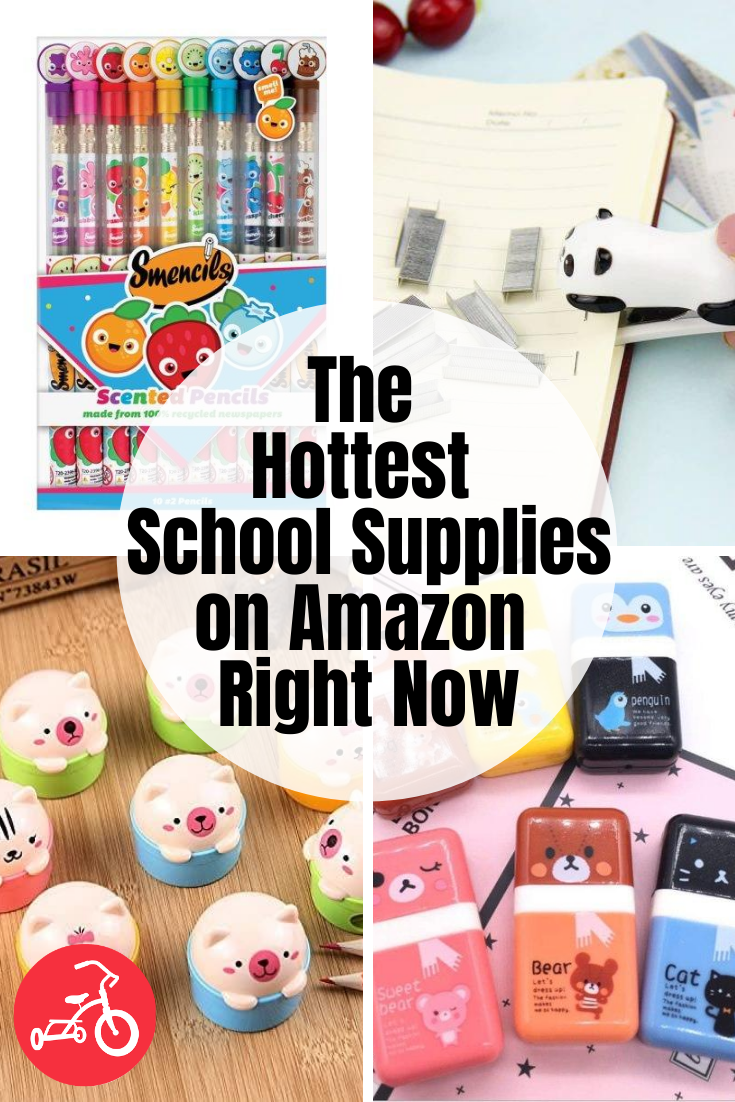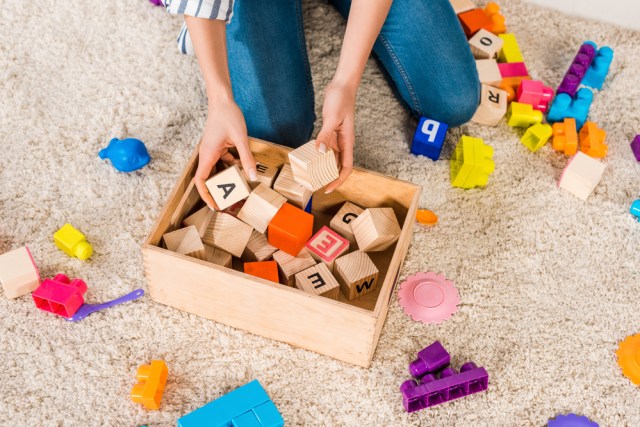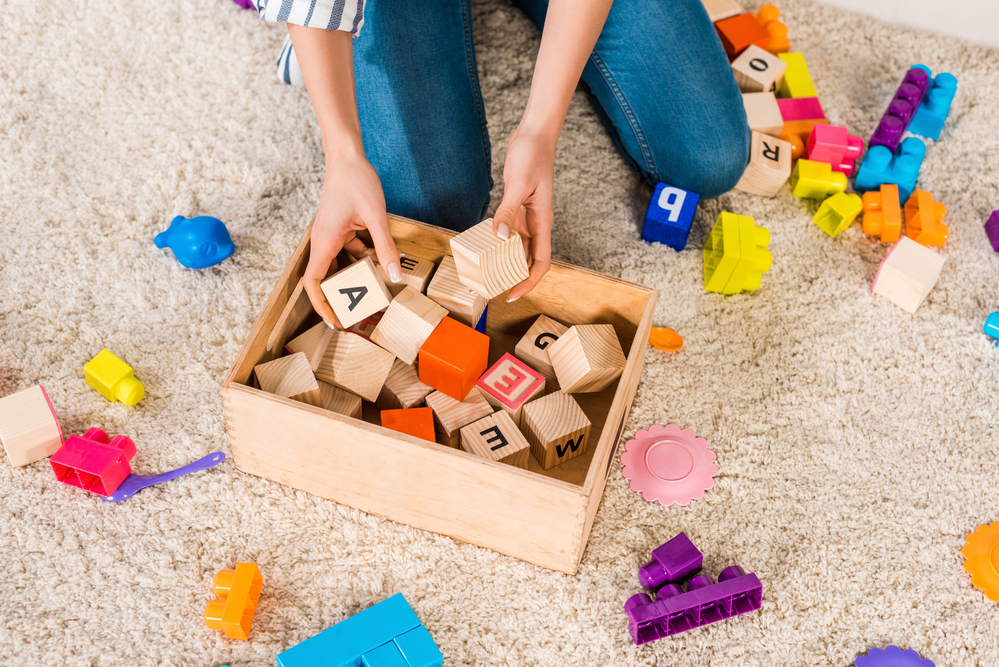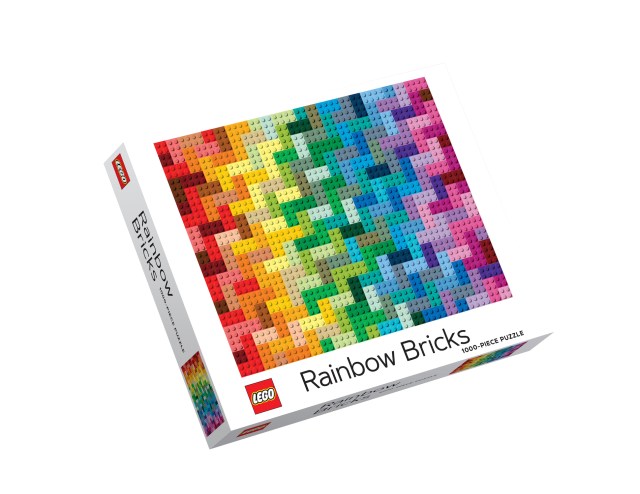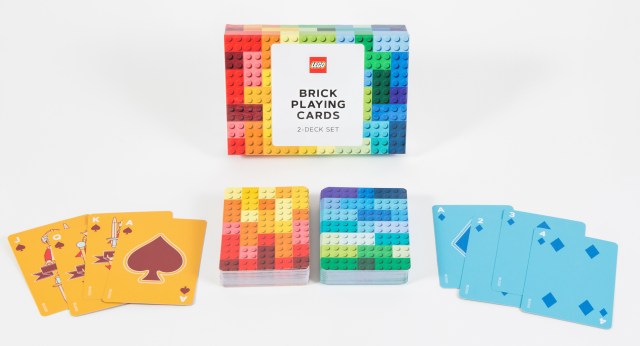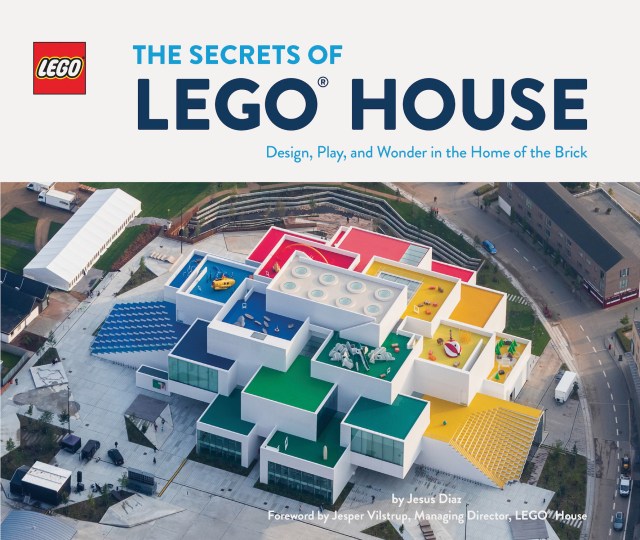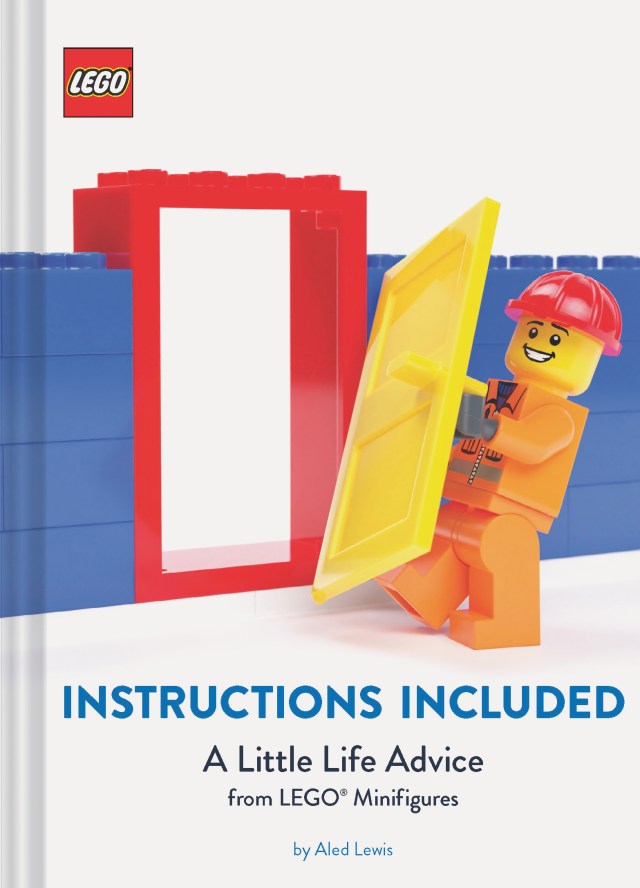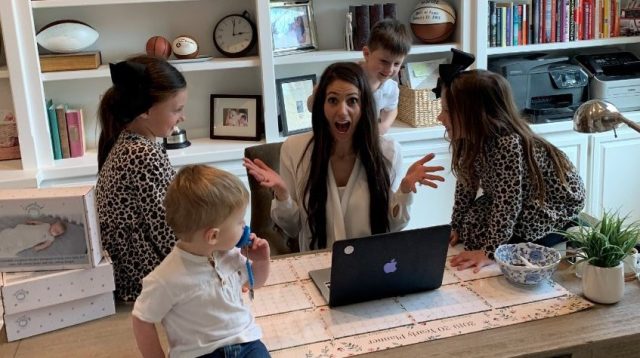Creating a nature journal for kids is a wonderful way to nurture a child’s love and respect for Mother Earth. It’s an effective play-to-learn tool, encouraging curiosity, exploring, and adventure. Regardless of age or gender, every child can create a nature journal unique to their perspective. Best of all, there are no rules; there’s no one way that is better than another. No matter what, your child will share all of the same benefits as someone who creates an “ideal” journal!
Benefits of Nature Journaling for Kids
Nature journaling is a practical way to keep kids engaged outside without directly engaging them yourself. Your child gets all of the benefits of nature play with the added benefit of cataloging their experiences.
These benefits include, but certainly aren’t limited to:
- Calming a busy mind that’s often inundated with digital information
- Using all five senses to observe (and enjoy) their surroundings
- Guiding self-discovery
- Encouraging self-expression
- Promoting creativity
- Fostering a connection to the natural world
Your kids don’t care about these benefits, though. They won’t realize the value as much as you do, so you might have to do some prompting.
How to Encourage Nature Journaling
Though you can purchase nature journals, any journal, notebook, or pages bound together will do. Ideally, you can attach a writing utensil, whether it’s a pencil, crayons, markers, or even a stick dipped in mud!
If you start with a blank journal, I recommend walking around your yard with your child for the first entry. Grab a pad of paper and pencil for yourself and hand them their journal. Try leading by example. For instance, as you pass a flower, look closely at its petals and say, “Wow, this flower has five petals and thorns on its stem.” Then, you can sketch what you see. “It sure smells nice, too!” Try incorporating as many senses as possible, jotting notes or doodles depending on your child’s age.
Pick up a rock and discuss what you notice. Look up close at the jagged edges of a leaf. Watch the way a lizard climbs up a wall. Point out what you find interesting about these things.
Then ask your child, “What do you see that’s interesting?” Be patient as you wait for your child’s response. Remember that sometimes, their response may be physical, not verbal! They may grab a pine cone or lean closer to a pile of dirt. You can ask follow-up questions, like “how does that pinecone feel” or “what does that dirt smell like?”
Do your best not to offer answers to your own questions. For example, “Does it feel prickly?” Let your child come to their own conclusions, even if they are different than yours or even inaccurate.
How to Prompt Kids to Use Their Nature Journal
Once something has caught your child’s interest, and they’ve had a chance to inspect it, encourage them to draw or take notes. If they don’t write or draw much, that’s okay! The goal for this first adventure is just to look closely and get their minds churning. If they do require some more encouragement, though, try telling them how they can share it with someone close to them. Such as, “Oh, you should add to your nature journal so you can show Grammy later!” They are more likely to use the journal if they realize they get to show it off later.
You can also give them prompts or challenges, such as:
- I see…, I hear…, I smell…
- Find and draw something…(i.e., with six legs, that’s pink, etc.)
- Close your eyes and then write what you smelled
- Close your eyes and then draw what you heard
- Find something soft, hard, rough, and smooth
The possibilities are endless! You can come up with these prompts by first observing what stands out to you and then turning it into a challenge.
Remember to Be Flexible
Remember how I said there are no rules for nature journaling? That’s usually a more straightforward concept for kids to embrace than parents. Just because it’s a journal doesn’t mean your kids have to write or draw! If your child is too young or refuses to draw or write, you can encourage them to press leaves, twigs, and flowers between the pages. You can also show them how to do nature rubbings by pressing leaves or other items between pages and then scribbling back and forth on the top page to see the “imprint” of the item.
So, be flexible on what a nature journal is “supposed” to be because all it’s supposed to be is fun and engaging! That fun will naturally translate into the many benefits nature journaling and outdoor play provide.
—Ingrid Simunic, Elliot’s Adventures
Do you have a story you’d like to share with our readers? We’d love to hear it! Sign up for our Voices Contributor Network where you can submit your funny, heartfelt and/or unbelievable parenting stories and see them on Tinybeans.com!









